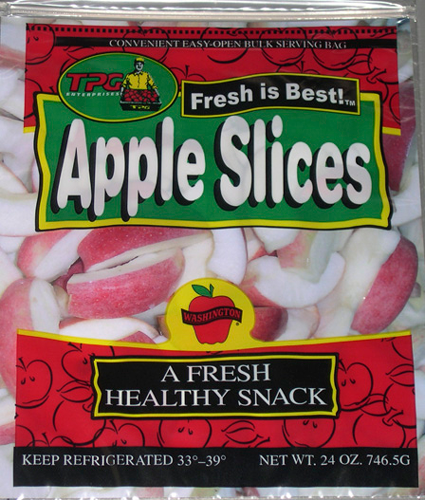Example of a common fixed width font
Example of a common proportional font
A typewriter used a fixed typewriter pitch vs the modern fonts in todays typography. Each typewriter fixed pitch font requires the same amount of space – an “I” takes up the same width as an “M” as an “O” as the “J”
Typesetting has progressed once a hand set, then a mechanical process and photo-mechanical into todays highly sophisticated computerized, electronic technology.
Many Metal, Photographic typesetting, and Digital typesetting Fonts are proportionally spaced — each letter is designed with as much space as needed for appearance and legibility.
The programs like InDesign or Quark use fonts to set type and allow expert control of the fonts and the copy being typeset. These program give real control over the Line Measure, Line spacing (Leading), Word spacing, Letterspacing, Tracking and Kerning. These six control items all contribute to how effectively the printed words communicate. The quality of typographic composition is the result of proper usage of the selected typeface, in turn this plays a part in the legibility and the readability of the typography. The reading process can be enhanced or inhibited by the legibility and the readability of the typography.
Word processing programs such as Word do not give you actual typesetting control of the font and the copy, although many that use Word think they do. The common perception in business communication is it is “good enough”. For letters, reports, some proposals this is fine application and use. For ads, brochures, invitations, annual reports, posters, flyers, logos in my opinion Word is not “good enough” a poor choice for the layout and design of these. It is a word processing program.
Not all fonts in todays typography are crafted with the same level of care and expertise. It is important when your purchase a font that the source is reputable, and understand what your font license need is.
Font such as Courier or Courier New are likely a fixed width or mono-spaced font. Fonts that appear to be “typewriter fonts” and are in some classification systems called slab serif fonts, many are also one of your computers system fonts (Courier New, Monaco, Lucdia, Andale Mono) are the fixed font flavor, but not always.
If the font has “Mono” as part of its name you can be confident it is a fixed width or Mono-spaced font. One other check is use a Type Weight Comparison, that has several typeface specimen set in same point size, set solid, that has same number of characters in each of three different sentence. If it is a mono-spaced font the sentences would take same space, if proportional they will obviously show different line lengths.
So you can see difference in top three and bottom three Type samples line lengths, you know the top three are some examples of mono-spaced or fixed width fonts. The two specimen American Typewriter and Chaparral Pro Bold, both slab serif, both look similar or appear as “typewriter fonts” but are proportional fonts.
Some fixed width or mono-space fonts starting with slab serif then serif then san serif not already mentioned are:
Tex Gyre Cursor
Luxi Mono
Inconsolata
Klartext Mono
Fira Mono
Droid Sans Mono
Audimat
BPmono
Anonymous
Bitstream Vera Sans Mono
Monoid
MonospaceTypewriter
Oxygen Mono
Telegrama
Luxi Mono
Inconsolata
Klartext Mono
Fira Mono
Droid Sans Mono
Audimat
BPmono
Anonymous
Bitstream Vera Sans Mono
Monoid
MonospaceTypewriter
Oxygen Mono
Telegrama
These are just some, not endorsing or promoting, you just have to try them in your design, lot of other Fixed width font exist today you can check and test out too.
















